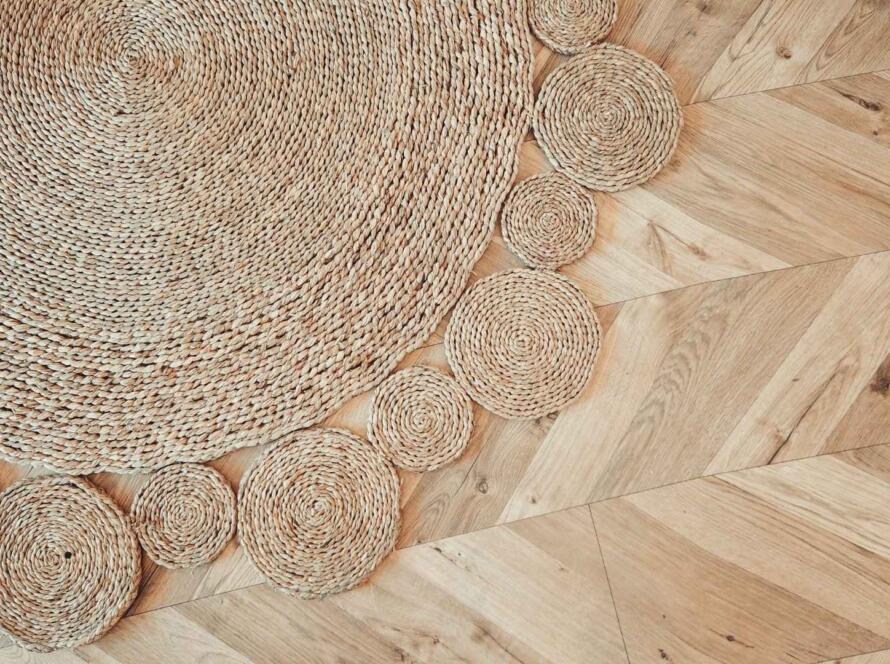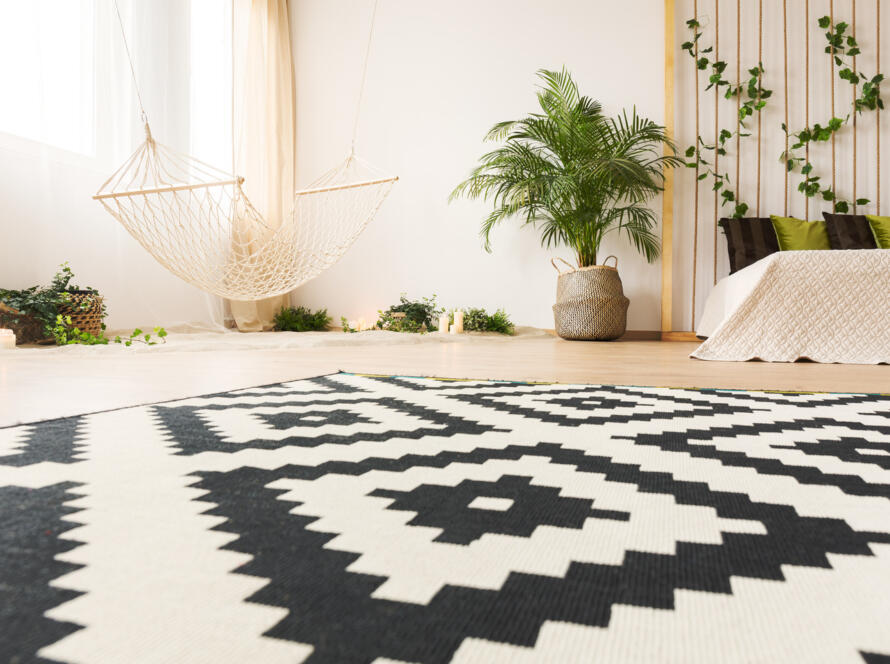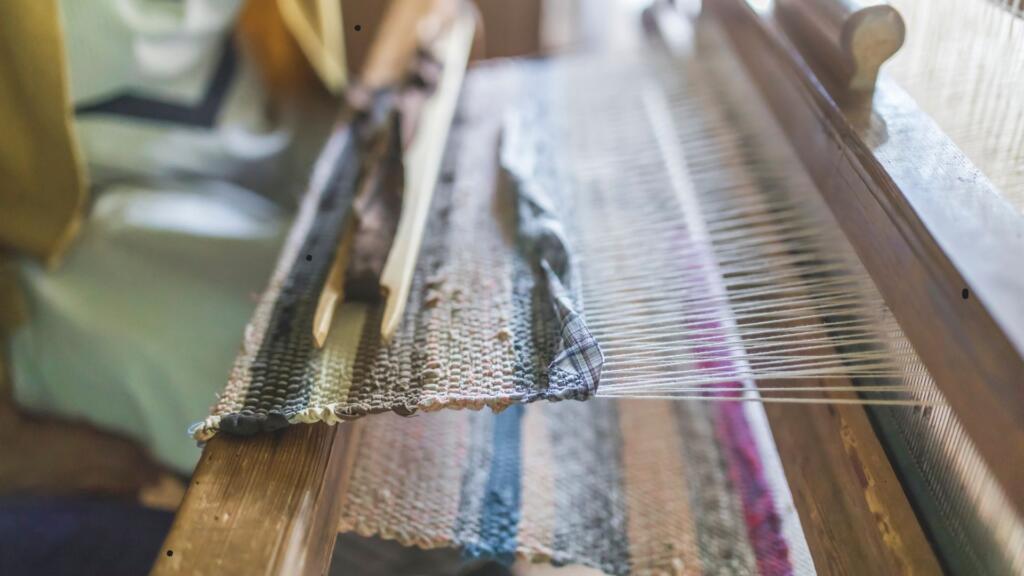
Rug manufacturing has been a traditional industry for centuries, known for its craftsmanship, intricate designs, and durability. However, as the world changes, the rug industry is undergoing a major transformation. Technological advancements, changing consumer preferences, and sustainability concerns are reshaping how rugs are made, sold, and used. For retailers, staying ahead of these trends is crucial to remaining competitive in the market. This article delves into the future of rug manufacturing, exploring key trends that retailers need to be aware of and how they can capitalize on these changes.
1. Sustainability: The Growing Demand for Eco-Friendly Rugs

Sustainability has become one of the most important trends in every industry, and rug manufacturing is no exception. Consumers are becoming more eco-conscious and prefer products that are environmentally friendly. A study by Nielsen revealed that 73% of global consumers are willing to change their consumption habits to reduce environmental impact.
Rug manufacturers are responding by using natural fibers like wool, jute, sisal, and organic cotton, which are biodegradable and renewable. Additionally, more manufacturers are adopting eco-friendly dyeing processes that minimize water and chemical usage. Rugs made from recycled materials, such as plastic bottles, are also gaining popularity as consumers look for sustainable home decor options.
2. Technology-Driven Innovation: Smart Rugs and Automation

As technology evolves, it is finding its way into the rug manufacturing process. Automation and artificial intelligence (AI) are transforming how rugs are designed, produced, and customized. Automation allows manufacturers to speed up production times, reduce costs, and improve consistency in product quality.
One exciting development is the rise of smart rugs. These rugs come with embedded sensors that can monitor room temperature, detect movement, and even control smart home devices. Though still in the early stages, smart rugs are expected to grow as the smart home market expands, with estimates showing that over 300 million smart homes will be in operation globally by 2026.
3. Customization: The Shift Towards Personalization
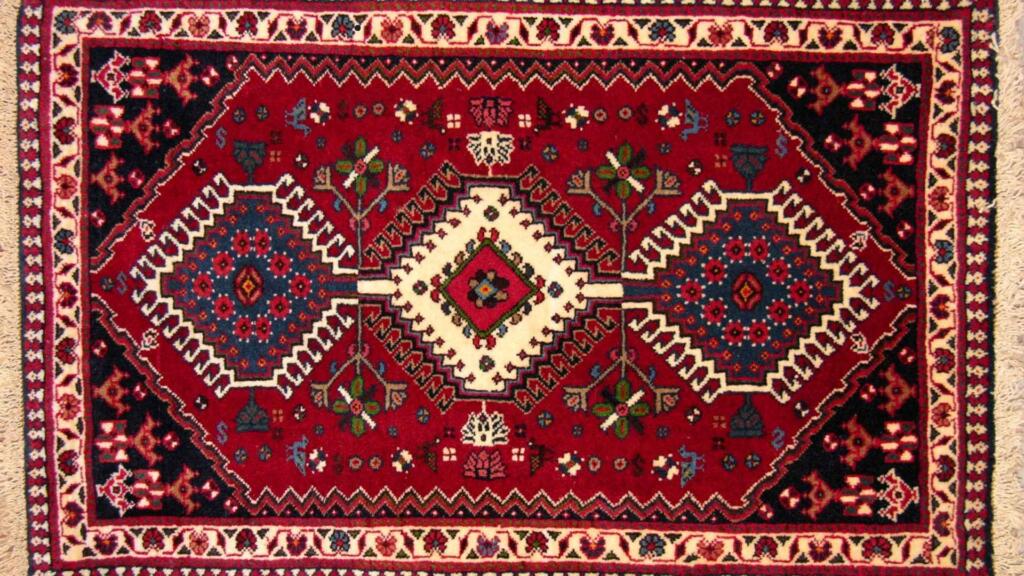
Today’s consumers want products that reflect their individual tastes and preferences. This has led to the rise of mass customization in rug manufacturing. Thanks to digital design tools and automated production, consumers can now order custom-made rugs tailored to their size, color, and pattern preferences.
According to a survey by Deloitte, 36% of consumers express interest in purchasing customized products, and businesses that provide personalization often see a significant increase in customer loyalty. Personalized rugs, designed to match specific room layouts or design themes, are becoming increasingly popular.
4. E-Commerce and the Role of Digital Platforms

The way consumers buy rugs is also changing, with more shoppers turning to online platforms. E-commerce in the home goods market has grown significantly, with 41% of global consumers now preferring to shop online for home products, according to Statista.
As a result, rug manufacturers and retailers are investing in online platforms to reach consumers more effectively. Virtual showrooms, augmented reality (AR), and 3D visualization tools are becoming common, allowing consumers to preview how a rug will look in their home before purchasing.
5. Sustainability Meets Luxury: Handmade and Artisanal Rugs
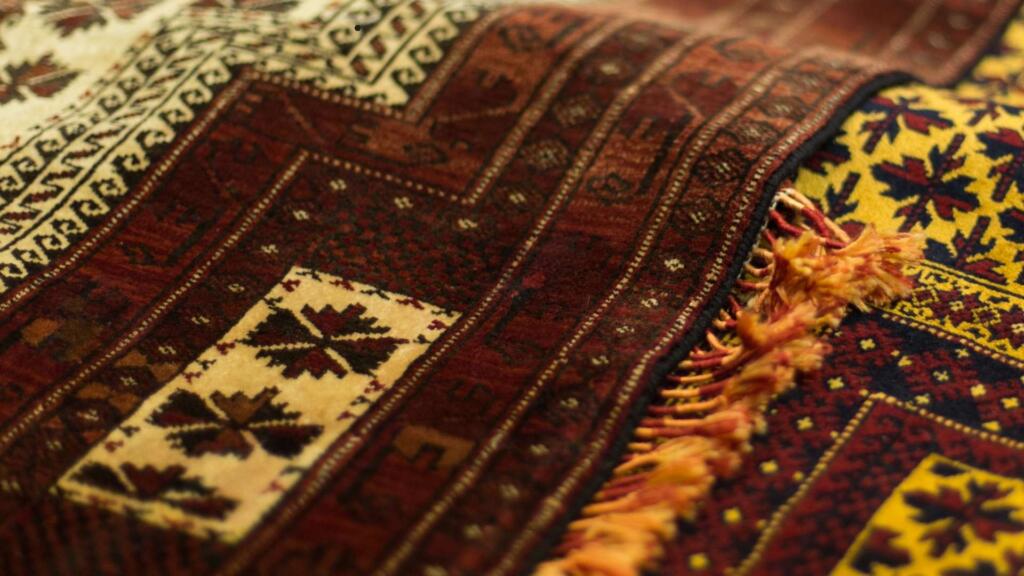
While technology and mass production dominate some segments of the rug industry, there is still a strong demand for handmade, artisanal rugs. These products appeal to consumers who value craftsmanship, uniqueness, and ethical production practices. In fact, 45% of consumers are willing to pay more for handmade products that are ethically sourced, according to a survey by Accenture.
Handmade rugs, often produced by skilled artisans, tend to use high-quality, natural materials and are seen as luxury items that can enhance the ambiance of a home. As a result, they cater to the higher-end market and customers who prioritize quality over cost.
6. Circular Economy: Recycling and Repurposing Rugs
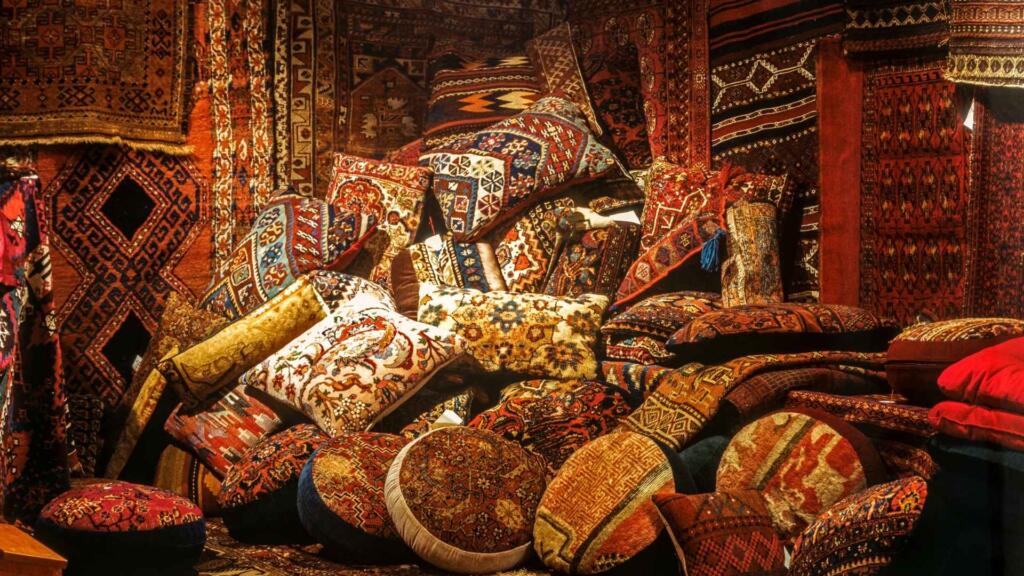
Another trend shaping the future of rug manufacturing is the circular economy. As sustainability concerns grow, consumers are becoming more interested in products that have a lower environmental impact across their entire lifecycle. In the rug industry, this means focusing on recyclability, repurposing, and reducing waste.
Some manufacturers are introducing take-back programs, where old rugs are collected, recycled, and used to make new products. This approach not only reduces waste but also appeals to eco-conscious consumers who want to ensure their purchases have minimal environmental impact. According to the Ellen MacArthur Foundation, transitioning to a circular economy could reduce global waste by 45% by 2030.
Future of Rug Manufacturing at Shivalika Rugs
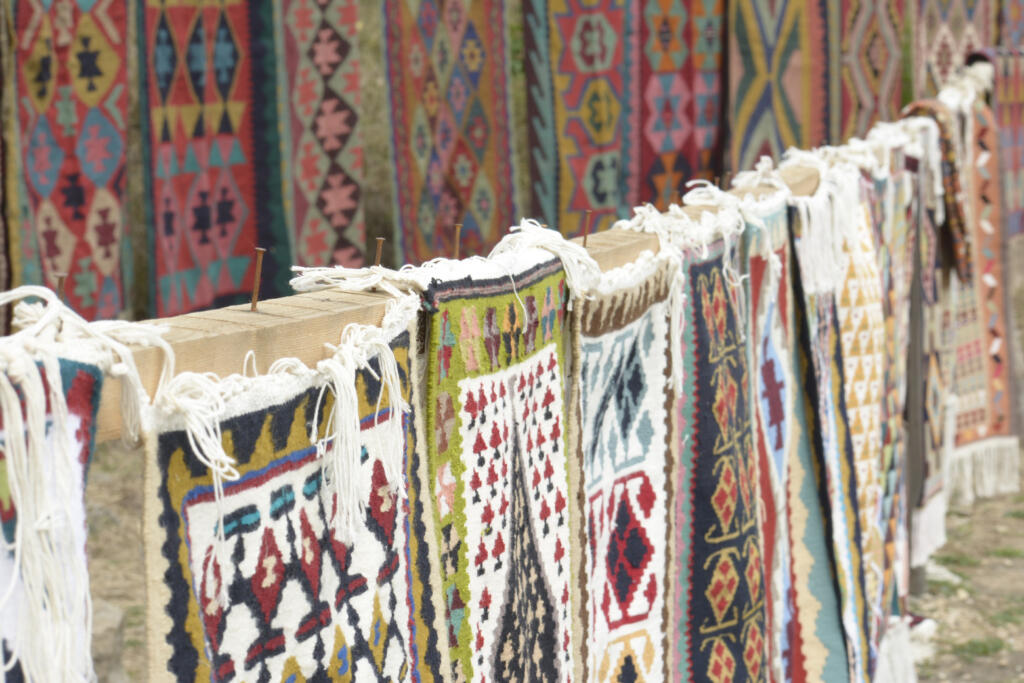
The future of rug manufacturing at Shivalika Rugs is driven by a commitment to sustainability, innovation, and ethical practices. As we look ahead, we are dedicated to expanding our eco-friendly initiatives and ensuring that our production methods align with global sustainability goals. Our prestigious certifications, including BSCI (Business Social Compliance Initiative), GOTS (Global Organic Textile Standard), and BCI (Better Cotton Initiative), underscore our dedication to ethical sourcing and responsible labor practices.
We strive to incorporate more recycled materials in our designs, supported by our Global Recycled Standard (GRS) certification, which ensures our products meet stringent environmental criteria. Our OEKO-TEX Standard 100 certification guarantees that our textiles are free from harmful substances, making them safe for consumers and the planet.
Furthermore, our commitment to quality is reflected in our ISO 9001:2005 certification, ensuring consistent excellence in our manufacturing processes. With Good Weave certification, we stand firm against child labor, promoting fair labor conditions across our supply chain.
Shivalika Rugs is poised to lead the rug industry into a future where quality, ethics, and environmental responsibility go hand in hand, creating beautiful, sustainable homes around the globe.
Conclusion: The Future is Bright for Rug Manufacturing
The future of rug manufacturing is filled with exciting possibilities. With sustainability, technological innovation, customization, and a shift toward online shopping leading the way, the industry is poised for significant change. For retailers, keeping pace with these trends is essential to staying competitive in the market.
By offering eco-friendly options, investing in digital platforms, embracing customization, and catering to luxury and sustainability-conscious consumers, retailers can ensure they remain relevant in this evolving industry. As rug manufacturing continues to innovate, those retailers who adapt to these changes will be well-positioned for future success.
References:
- Nielsen. (2019). Global consumers’ shifting sustainability habits.
- Statista. (2022). Share of global consumers who shop online for home products.
- Deloitte. (2020). The power of customization in consumer products.
- Accenture. (2020). Consumer demand for handmade and ethically sourced products.
- Ellen MacArthur Foundation. (2020). The benefits of a circular economy.



